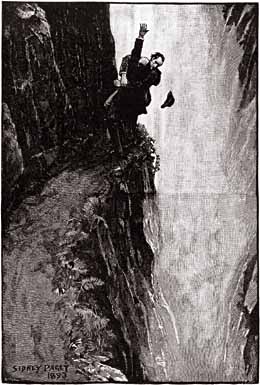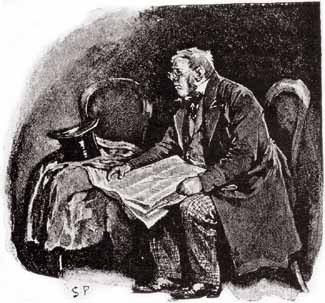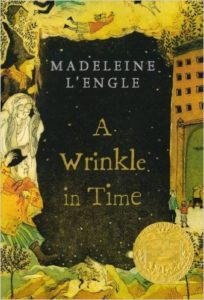 A Wrinkle in Time (Time Quintet, #1) by Madeleine L'Engle, Anna Quindlen
A Wrinkle in Time (Time Quintet, #1) by Madeleine L'Engle, Anna Quindlen Published by Square Fish Genres: Classic, Fantasy/Science Fiction, Young Adult
Pages: 247
Buy on Amazon
Goodreads

Meg Murry and her friends become involved with unearthly strangers and a search for Meg's father, who has disappeared while engaged in secret work for the government.
I first read this novel in elementary school, probably fourth or fifth grade. I decided I wanted to see the movie, but since it had been so long since I had read the book, I thought I should read it again.
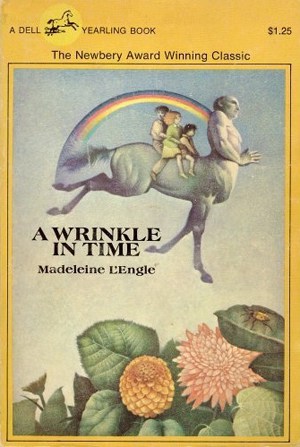
Things I remembered:
- Meg Murry is pretty badass.
- Charles Wallace is an awesome character.
- Mrs. Whatsit, Mrs. Who, and Mrs. Which are a lot of fun.
- There is this thing called a tesseract, and Meg has to save her father.
Things I had no memory of whatsoever:
- The religious overtones.
- Wow, Meg and Calvin got really close fast, didn’t they?
- Just how long Meg’s father had been gone.
New observations:
- Meg and Charles Wallace might be on the autism spectrum. My children are, and Meg and Charles Wallace remind me of them.
- The storyline really moves fast. I mean, much faster than I remembered. Almost too fast (see below).
I haven’t read a middle grades novel in a long time, and I kept thinking, hold up! You’re going too fast! You need to develop that a bit more! I thought maybe, well, this is the speed you need to go with middle grades fiction, but after finishing the book, I’m not so sure. I think some parts were just unevenly developed. As a result, I didn’t buy Meg and Calvin’s friendship. Too fast, even for a kids’ book. I forgot how creepy Camazotz was. In the end, IT was not as scary to me as the spreading darkness. Plus, hold up: what parent leaves a child behind on Camazotz like Mr. Murry does? Unthinkable. I will probably read the other books in the series because I never did read the whole series. I think I read A Wind in the Door. That’s probably it.
I’m counting this book as my children’s classic for the Back to the Classics Challenge.

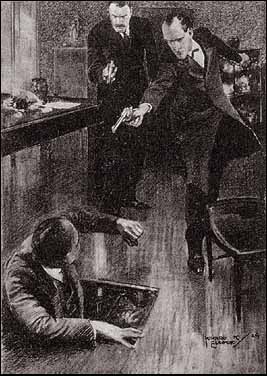





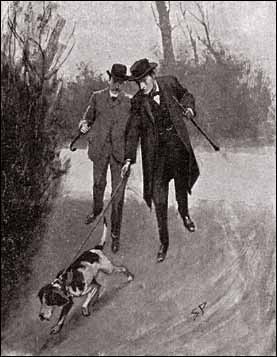

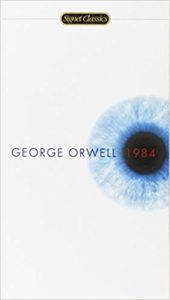 1984 by
1984 by 


